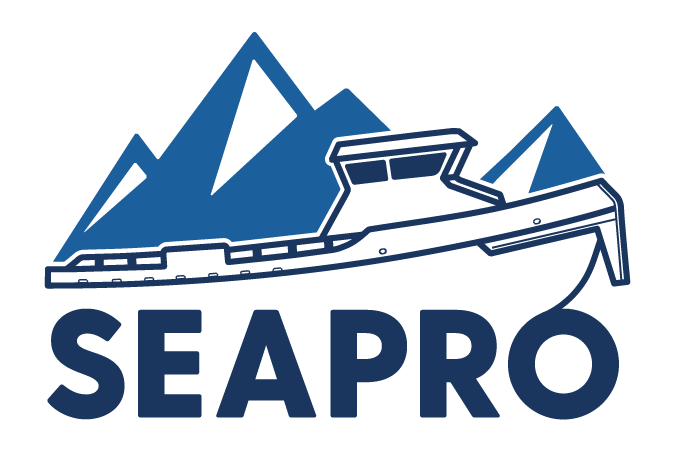

SEAPRO has members that annually transport approximately 113,000,000 gallons of non-persistent fuel products.
As far as total fuel capacity, SEAPRO member companies have the capability to store in excess of 39,000,000 gallons of fuel, although most facilities are rarely at full capacity.
NOAA makes available information regarding fuel fate and behavior data, oil types and response and restoration on their website. Safety Data Sheets (SDS) can be obtained at most chemical manufacture websites. SEAPRO also maintains files on this information at the office.
The information requested in the regulations cited below with regard to land-based facilities or operations must be provided by SEAPRO member companies. Sensitive environments which may be impacted by a discharge, potential containment sites and their geographic or geophysical features, and other possibilities are addressed by SEAPRO member company contingency plans and in the Southeast Subarea Contingency Plan (in the Geographic Response Strategies).
Sensitive areas, such as nesting or calving areas, haulouts, MESAs, hatcheries or aquaculture facilities, etc., are identified and can be incorporated by reference in each SEAPRO member company’s contingency plan. Anadramous stream maps for all of Southeast Alaska are maintained at the SEAPRO offices. NOAA trajectory maps will be obtained in the event of a spill.
State of Alaska regulations regarding contents of oil discharge and contingency plans under 18 AAC 75.425 specify that the following information be included within the Non-Mechanical Response section of a plan:
" [provide a decription of the] receiving environment for a land-based facility or operation: [describe] (i) the potential routes of travel of oil discharged from the facility or operation to open water in the form of a drainage diagram or map, showing gradients and potential containment sites and features, including indentification and explanation of all measures that will be taken to prevent a discharge from entering open water; and (ii) based on the information in (i) ..., [provide] an estimate of what percentage of the applicable response planning standard volume set out in 18 AAC 75.430 -- 18 AAC 75.436, or 18 AAC 75.442 for the facility or operation will reach open water;" (18 AAC 75.425(e)(3)(B)
ADEC Oil Discharge Prevention and Contingency Plan Application and Review Guidelines provides, in part, the following information regarding required contents of this section:
"The diagram, map or plan for a land-based facility or operation must identify the potential routes that a major discharge could take. Where a potential oil discharge to open water exists, the routes to water must also be indicated ...[and] ... potential containment sites and their geographic or geophysical features, and sensitive environments which could be impacted by a discharge, such as marshes, nesting areas, calving grounds, etc., must be identified and described. Procedures for response to oil contamination of runoff, storm, or process wastewater sewers must also be described. ... [based on the above] background information that supports the estimate of the percentage of the applicable RPS that will reach open water must be included in this section. ..."